Sericulture
Sericulture, also called silk farming, is the procedure of making silk fibers. It begins by growing silkworms and afterward refining the fibers they produce.
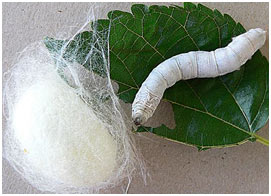
What is Silk?
Silk – the most stunning of all textile fibers is well-known as the queen of fabrics. It comes from the cocoon of the silkworm as well as needs a large amount of handling and caring.
This makes it one of the costliest fibers too. Today China is the leading silk manufacturer in the world. Other major silk-producing nations include Japan, India, and Italy.
Silkworm
Basically, the silkworm is the readily bred caterpillar of the domesticated silk moth (Bombyx mori), which spins a silk cocoon that is processed to produce silk fiber.
The varieties Bombyx mori is typically grown as well as is raised under regulated control of the environment and nourishment.
Types of Silk and Their Uses
Mulberry Silk
Mulberry silk is one of the most usual and commonly made uses of silk around the world. It makes up around 90% of the world’s supply. The mass of silk generated all over the world comes from the mulberry selection.
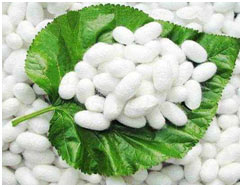
Thus, the term usually refers to the silk from a mulberry worm. This kind of silk is generated by the Bombyx mori silkworm who feed on mulberry shrubs. The downside of using mulberry silk is that it requires added care to preserve its smooth appearance.
Tasar Silk
Tasar or tussah silk is a kind of wild silk produced by caterpillars of Tasar silkworm. The Japanese Tasar silkworm generates an environment-friendly silk string.
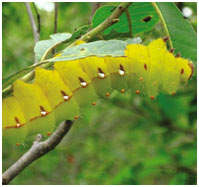
Most of the Tasar silk is mainly utilized in furnishing and also indoors given that they are the greatest fibers in the world. The silk is readily available in its natural form because it is difficult to dye.
Eri Silk
Eri silk, also known as the Endi or Errandi silk, is creamy white-colored silk. It is derived from two tamed types of silkworms referred to as Samia riciniandPhilosamia ricini. The silk has a mat look of woolen or cotton. Eri silk is durable as well as makes great material for clothing and soft furnishing to curtains.
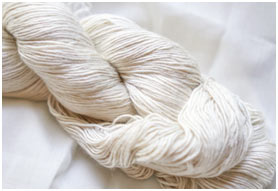
Muga Silk
Muga silk is golden yellow in shade. The Muga silkworm also belongs to the very same category as the Tasar silkworm. The silkworm is semi-domesticated, specifically in Assam and it preys on aromatic fallen leaves of soalu plants.
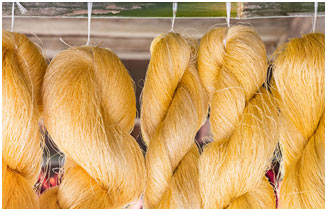
The silk is limited in supply and is only utilized in the state of Assam for making standard dresses, particularly for the royal families. Mass production of muga silk is possible because the silkworm does not require delicate care.
Mussel Silk
It is commonly called the ‘sea silk’ given that it is created by mussels found on the seabed. The brown filament is generated by the mussel to anchor it to rock. The filament is brushed and spun into silk referred to as fish silk.
The production of mussel silk is constrained to the coasts of Taranto, Italy. It makes up among the most expensive kinds of silk.
Anaphe Silk
Anaphe silk is generally produced in the southern and main African countries. It is generated from a silkworm in the genus Anaphe. The fluff is rotated right into raw silk that is typically soft as well as lustrous.
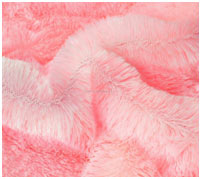
The fabric constructed out of Anaphe silk is elastic as well as stronger than the mulberry silk. The silk is utilized in making velour, light seat covers, and plush.
